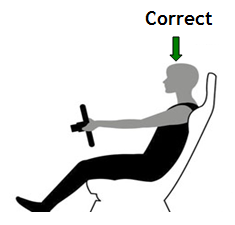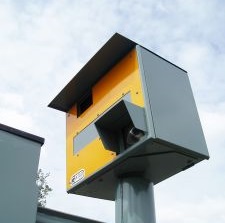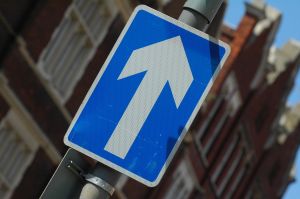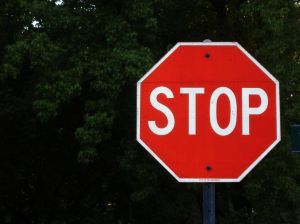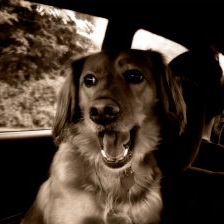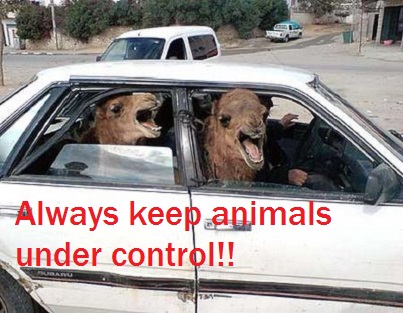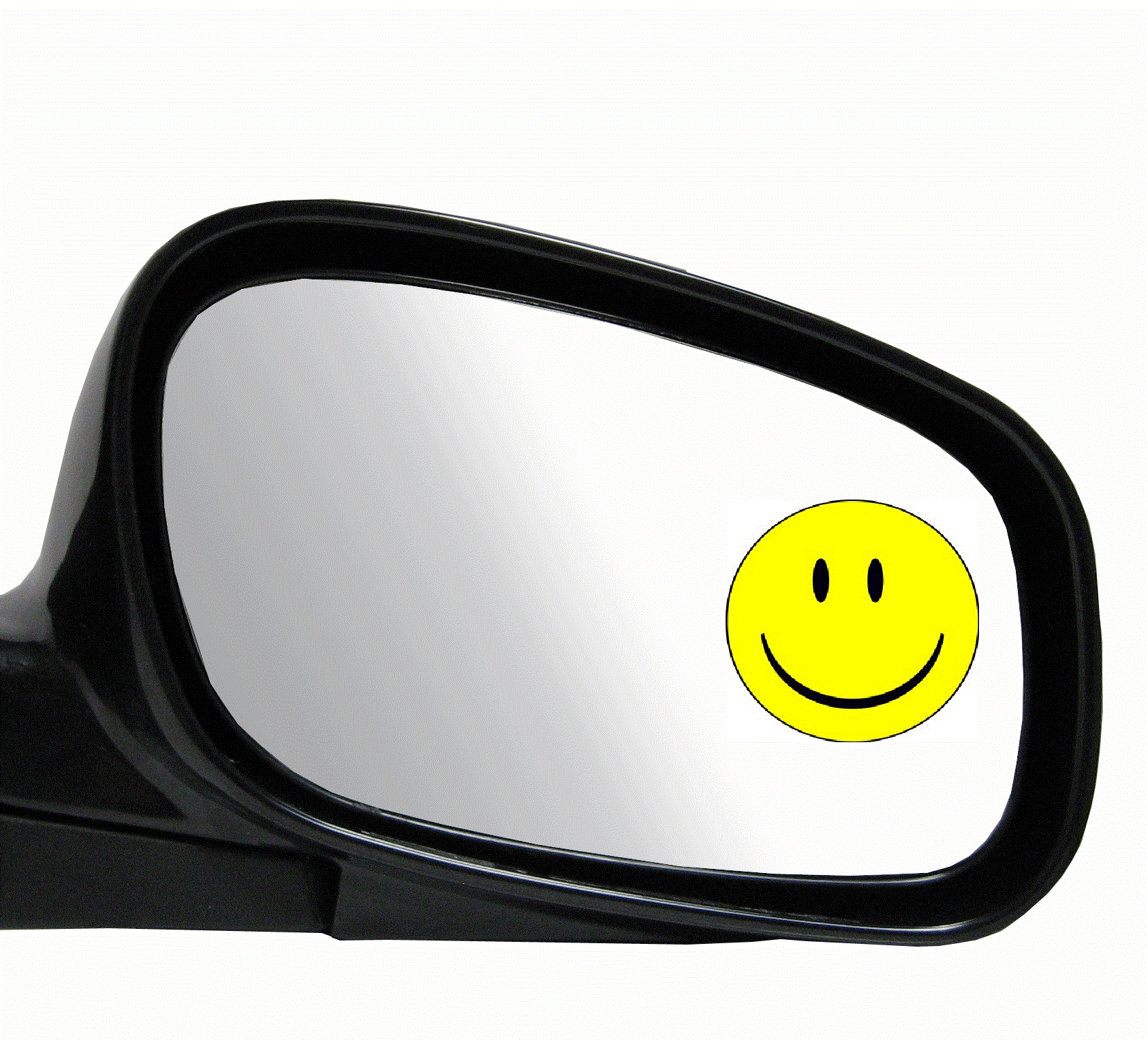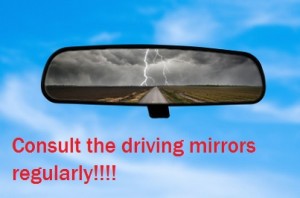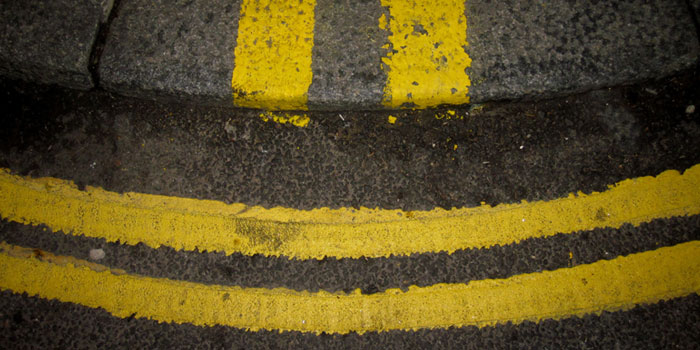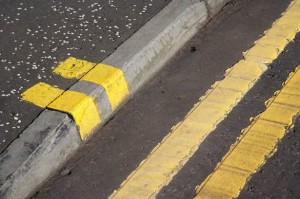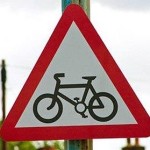Take control during driving lessons in Nottingham
One of the first things a new pupil is taught by Nottingham driving instructors is how to set the driving position for optimum comfort 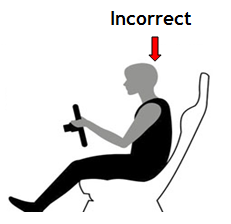 and safety. This is something perhaps forgotten after the test as you can see so many experienced drivers who do not pay attention to their seating position. They will often strain themselves to reach the pedals or sit too close to the wheel. Let’s have a look at a few things to consider before you turn on the engine and move off.
and safety. This is something perhaps forgotten after the test as you can see so many experienced drivers who do not pay attention to their seating position. They will often strain themselves to reach the pedals or sit too close to the wheel. Let’s have a look at a few things to consider before you turn on the engine and move off.
First thing to look at is the clothes you are wearing. So many pupils get into the car and keep their coat on. Yes, it may be cold outside but the car is heated and soon you will be too warm. Many times we have pulled over to allow the learner to take off coats and jumpers. If you were on a motorway you may have to sit there boiling before you got the chance, so make yourself comfortable before you start. I think some nervous drivers feel more protected if they keep a large coat on. It may protect you in a crash, but not much.
Footwear is the other big thing. In a learner it can make a huge difference when it comes to clutch control. You don’t want the soles too thick or you can’t feel the pedal movement. Too thin and you may have trouble pushing the pedals down. Make sure they are not too loose or tight and that they aren’t flip flops. These have got to be the worst shoes for driving.
Next comes the seating position. Car seats have a pretty wide range of movement nowadays to accommodate the tallest to the shortest people. It’s important that you adjust things correctly as poor posture can cause aches and pains particularly in the lower back and can effect your level of awareness on long journeys, putting you at risk while driving. You need to be a distance from the pedals which allows you to fully press down the clutch pedal without reaching too far or locking your knee. If you have to reach then chances are you won’t press the clutch all the way down and will grind the gears. If your knees are locked and you have even a moderate collision you stand a bigger chance of breaking your leg. If your leg is bent it will just fold in a crash. If you are driving an automatic check you can press the brake or accelerator without reaching. Sitting too far forward can hinder movement and trap your legs under the wheel.
Shorter people will benefit from raising the height of the seat. This will give you a better view of the road ahead and also the dials on the dashboard. As the seat tilts forward as it is raised it allows for better reach of the pedals. The seatbelt anchorage point can also be lowered so the seatbelt fits correctly over the shoulder and across the chest. With the seat too low the seat belt can cut into your neck.
Nottingham driving instructors do it while sitting comfortably!
Alter the rake of the seat, that means the degree of backward tilt, so it supports your weight and doesn’t have you leaning too far back or hunched over the wheel. New learners tend to have the seat tilted too far back and then pull themselves forward using the wheel. This causes wobbly steering and is sometimes a sign of nerves. Remember the head restraint is just that and not a head rest. One pupil I had recently could not help but force his head back against the head restraint by pushing against the wheel with his arms. Not a good posture at all. You can’t move your head properly to look to the side.
A guy I gave instructor training to was involved in a car accident. He was hit from behind by a car moving at speed. He had checked his mirror and saw that he was going to be hit. The mistake he made was to brace himself by locking his arms and gripping the wheel tightly. He suffered serious damage to his wrists on impact. This is one good reason not to lock your arms when driving. When the arms are extended then the inside of your wrists should touch the wheel. They will then have a bend in them when the wheel is gripped properly allowing for more accurate steering. In the event of a crash the arms will bend and the seatbelt will prevent you from being propelled forward.
Once the seat has been set you may need to adjust the steering wheel to finish things off. If you’ve got long legs like me then you may have the seat quite far back and low down. To prevent reaching for the wheel, flip the lever and pull the wheel out towards you. It can also be raised or lowered. Don’t have the steering wheel too close to your chest. There can be the risk of injury if the air bag goes off. You need a distance of at least 12 inches between you and the steering wheel for the air bag to do it’s job. When you have the position you want just flip the lever back and make sure it locks back into place.
There you have it. Take a bit of time before your next drive to make sure you are as comfortable as possible. Happy motoring to you.

